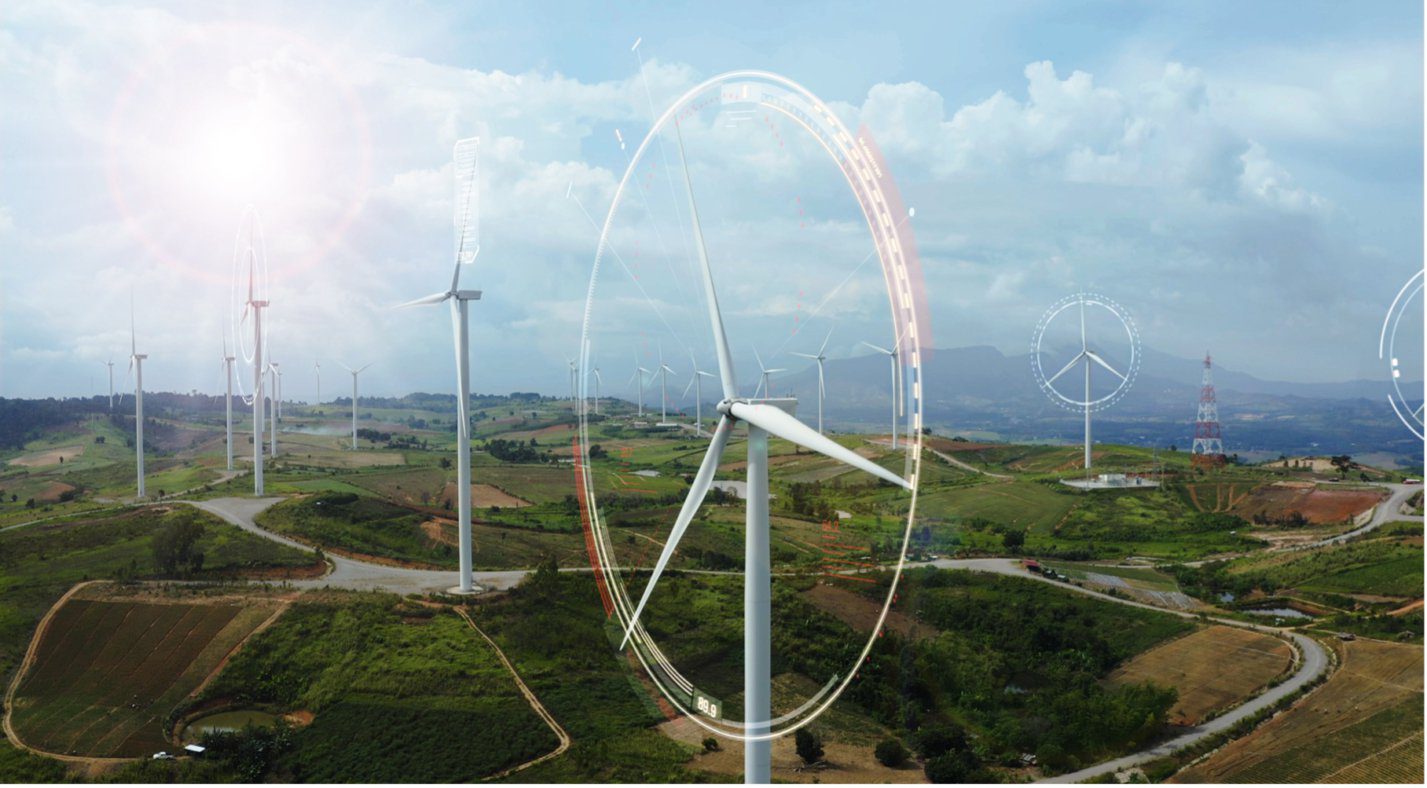The need for gathering offshore wind data and its challenges
Over the last decade, we have seen a significant digital transformation in the offshore and onshore wind industry, largely due to its continued quest to reduce the levelised cost of energy, better known as LCOE. As O&M wind operators aim to increase productivity and reduce costs without compromising quality, many have started using an array of multiple interdependent data systems and digital applications. The problem with this, is often they do not offer any interaction or collaboration between each other.
Offshore wind farm projects tend to have complicated structures and asset management processes. Therefore, ensuring a complete alignment between asset performance, tasks and responsibilities can often lead to a complicated affair. Having this optimised by a solid platform will ensure continuous quality performance and complete high-level overview regardless of the project or company size as the offshore wind sector continues its rapid growth. WEC Global Wind Report for 2021 highlighted that over 496 GW of new capacity is expected to be added in the next five years. That is nearly 94 GW of new installations each year until 2025.
Such an expansion will likely create additional challenges with regards to data adoption. As highlighted in a study from the Offshore Renewable Catapult and Accenture, the main barriers to data adoption are often the accessibility and volume of wind farm data. The lack of awareness of widespread and scattered data collection will also become a major obstacle for growth, as renewable energy needs intelligent data and analytics in order to make smart decisions both in the immediate and long-term.
From the report, we have outlined 3 challenges which limit the potential value that offshore O&M can gain from data management:
- Access to data – Project owners are unable to obtain data from the OEM, and have a lack of clarity on the rights to data.
- Volume of data: When data is available to transfer between OEMs and project owners at the end of the warranty period, project owners can be overwhelmed by the volume of data and may lack the capability to generate meaningful insights from it.
- Value unclear: A lack of awareness of the benefits that digital solutions enable and not using tools to their full capability.
Information fusion streamlines your offshore wind data sources
So, what do we actually mean when we use the term “Information fusion”? Information fusion refers to the process of gathering or integrating multiple data sources in order to produce precise, valuable, and consistent data streams rather than an information flow provided by separate individual sources.
Since the technology is already there, the most important aspect of information fusion is understanding the need for data. Offshore wind farms require a high volume of data information to ensure optimal performance and maintenance. Most common is weather information such as wind speed and wave height, which could cause downtime, as well as data streams allocated to asset performance and personnel tasks.
These are all very well-known data metrics to build an efficient offshore wind farm infrastructure, but we still fail at sharing this knowledge.
As mentioned previously, data accessibility is a key obstacle in gaining value for O&M. The question is how do we make companies comfortable with sharing data, without losing any competitive edge?
One-unified cloud-based data environment for easy collaboration & implementation
How does our software address these challenges? The overall objective is to knock-down data or knowledge siloes by gathering information, removing local spreadsheets, and reducing internal databases. This will instantly allow inter-organisational access and ensure data transparency between staff in different business areas – From site planners, to site managers, stock keepers, technicians and management.
In terms of implementation, Shoreline Wind’s DesignTM and ExecutionTM solutions largely differ from other industry product offers in our ability to fully integrate with your existing and trusted systems. Our software unites all these sources into a single data environment, thereby saying goodbye to numerous interfaces and local information storage.
A relevant example of overcoming these data obstacles with Shoreline Wind Software, can be seen in our collaboration with Eneti Inc. To support the directional transition towards the next generation of wind turbine installation vessels, Eneti Inc. needed a cloud-based platform that allowed easy collaboration and made all data accessible. Windfarm, vessels, and weather data are integrated in the same system and placed in a software framework developed by deep industry knowledge and insights.
It is vital that the offshore wind industry understands the value in implementing digital capabilities for enhancing data sharing and information fusion. In the end, renewable energy enterprises will achieve better cooperation by maintaining and optimising data input in an industry-developed software framework. Bringing your data together gives you better knowledge, decision-making capabilities, and results.


